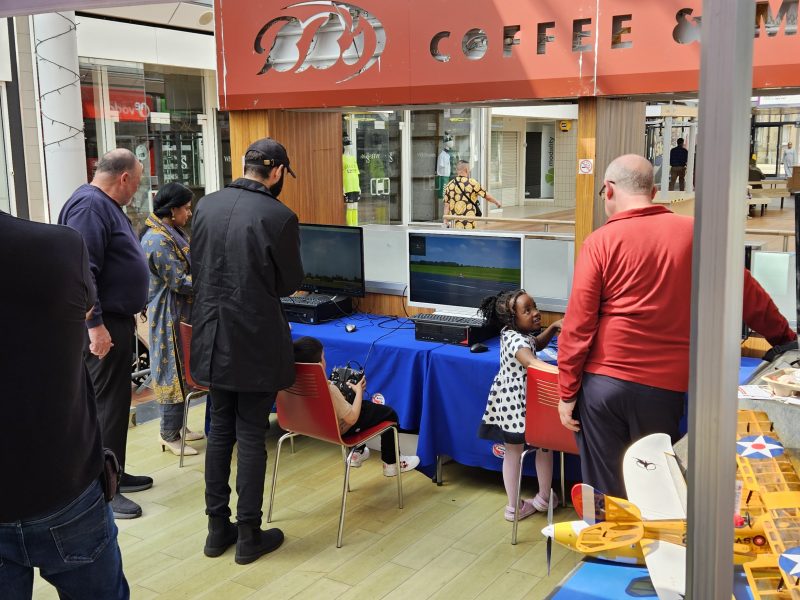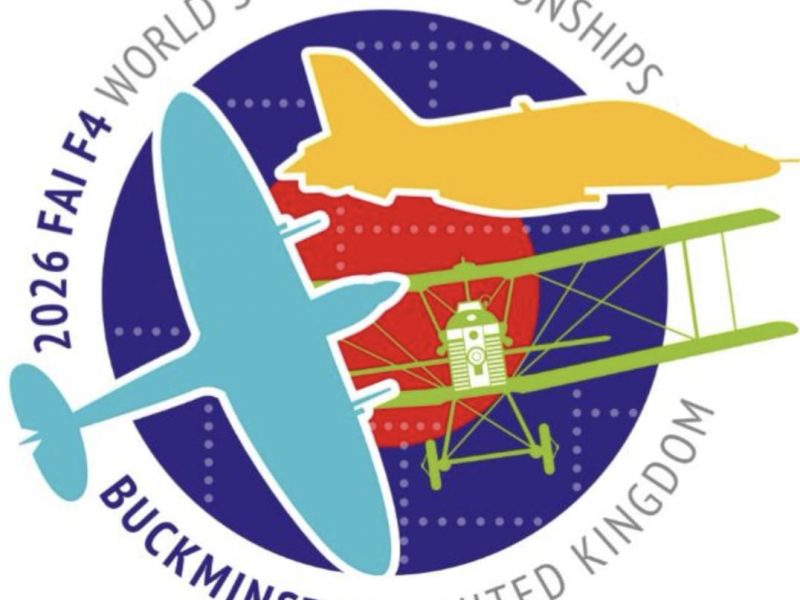A Guide To Good Safeguarding Practice
Guidelines for Clubs
- Ensure that your Club has a policy for the promotion of welfare of children and vulnerable adults.
- Ensure that, as far as is possible, those working with children or vulnerable adults are suitable to do so.
- Ensure that parents, carers and club members know what rules the club has in place concerning children or vulnerable adults
- Ensure that parents, carers and club members know how to voice any concerns they might have.
- Ensure that children or vulnerable adults know how to voice their concerns.
- Be aware that you have a duty of care to all your members, not just children and vulnerable adults
Guidelines for Club Members
- Do not spend excessive amounts of time alone with children.
- Do not take children or vulnerable adults alone on car journeys.
- Do not take children or vulnerable adults alone to your home.
- Do not engage in horseplay or sexually provocative games.
- Do not permit inappropriate touching.
- Do not permit the use of inappropriate language or sexual comments.
- Do not engage in any contact via email social media etc without parental consent or knowledge
- Do not ignore any allegations that a child or vulnerable adult makes.
- Do not do things of a personal nature that a child or vulnerable adult can do for themselves.
If, for any reason, you have absolutely no choice and cannot comply with the above good practice, then always inform the parent or carer of the child or vulnerable adult, and a committee member of your club, citing the reasons why you were unable to comply and make a record of it.
Physical Handling
The requirements for physical contact are extremely rare in model flying. However, there are instances where it may be necessary and it is recommended that these procedures are discussed with the child or vulnerable adult and their parent or carer to ensure that all are aware of the reasons behind the physical contact and that there is no misunderstanding. The parent or carer should give their written consent for any form of physical contact which should include the type/limits of contact. It is also seen as good practice that permission to touch or hold the child or vulnerable adult must be sought from the person themselves.
- Introduction
- The Principles of Safeguarding
- The ‘FIVE STEP’ Plan for Clubs
- Guide on Club Policy – Generic Template
- Selection Of Club Members Working Directly With Children Or Vulnerable Adults
- Role Of The Club Welfare Officer
- Instructors’ Responsibilities
- Code Of Ethics And Conduct
- A Guide To Good Safeguarding Practice
- Guidelines for Parents, Guardians and Carers
- The Use Of Photographs And Images Of Children
- Responding To Suspicions Or Allegations
- Dealing With Alleged Abuse
- Dealing With Poor Practice
- Useful Contacts For Clubs
- Appendix A – Generic Template For Club Rules
- Appendix B – What Is Abuse?
- Appendix C – BMFA Incident Reporting Form




